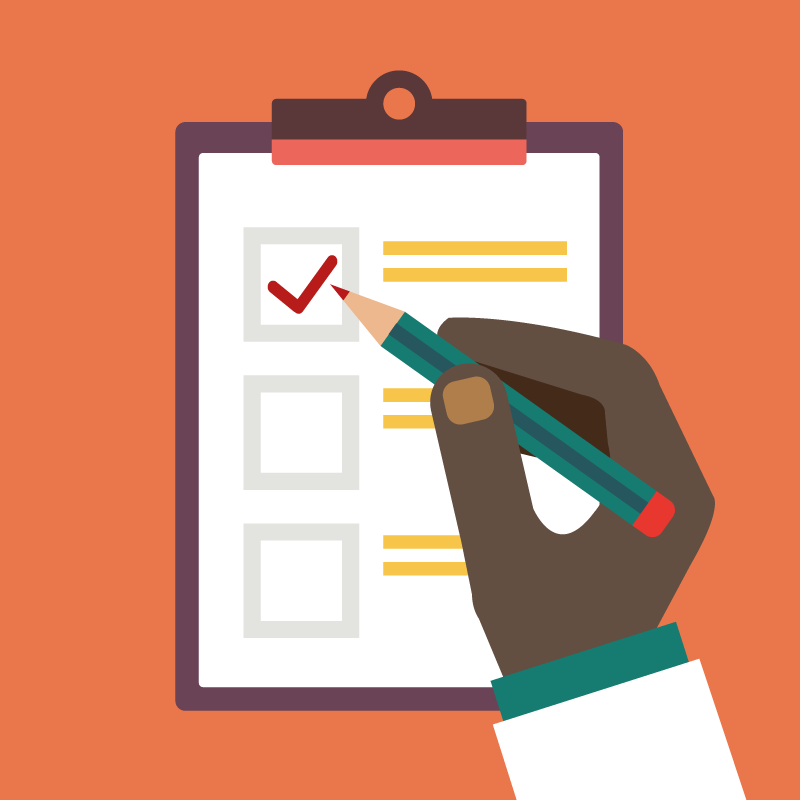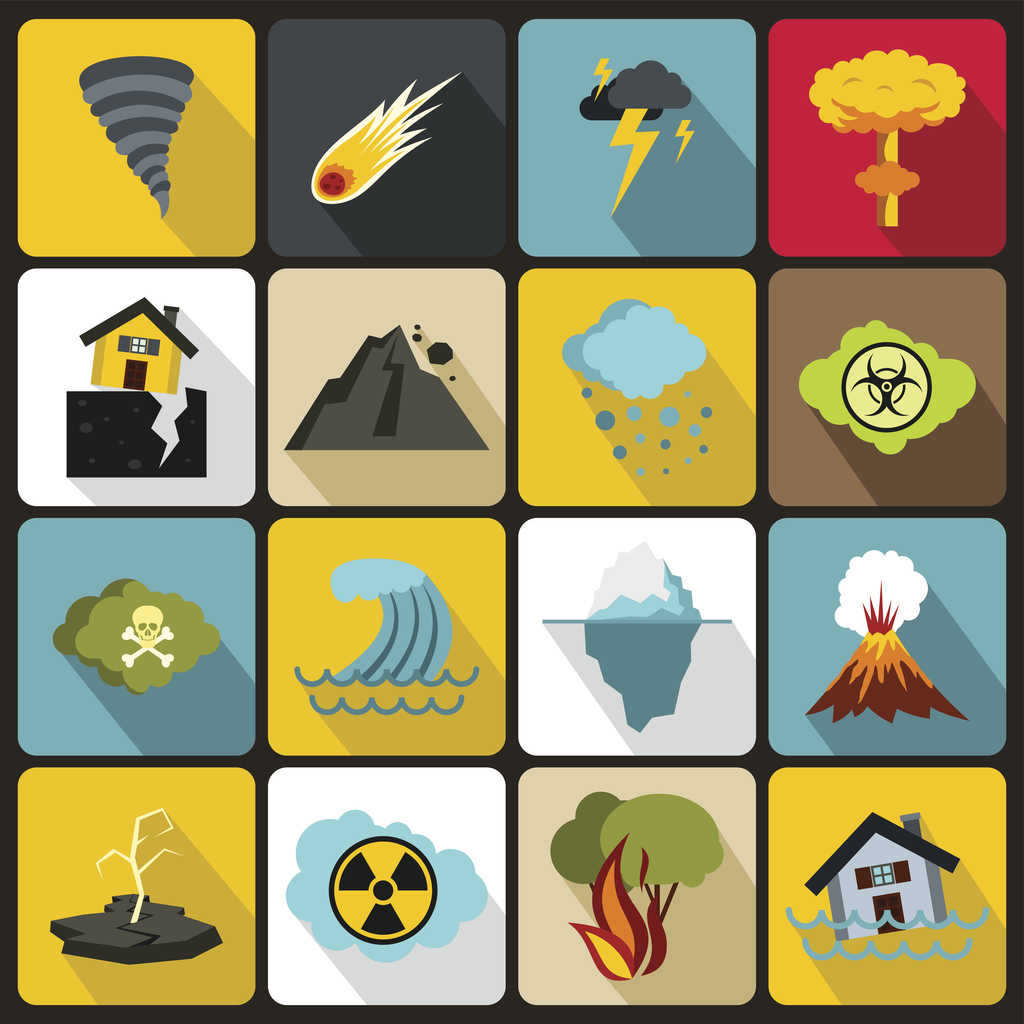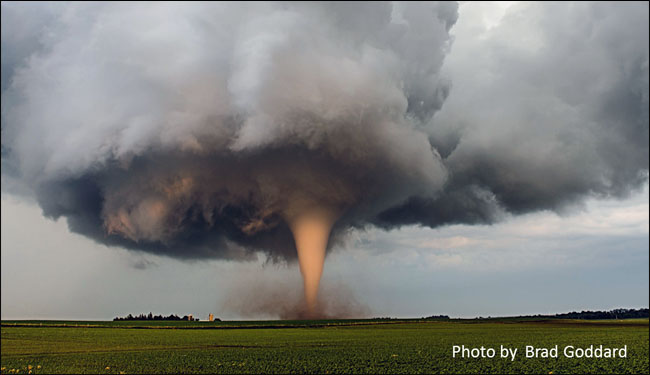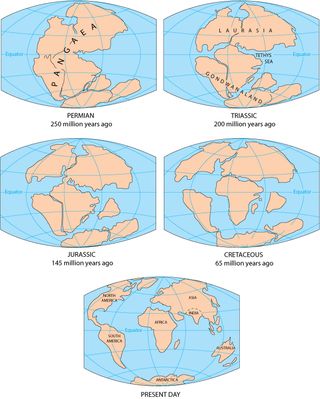Learning Goals
- Student is able to identify a natural disaster that occurred in Canada
- Student is able to identify political, economic, social-cultural, environmental impacts of a natural disaster
Agenda
- Natural Disaster Case study “Flooding in the Red River Drainage Basin”
- Instructions:
- Student will read pages 64-65 (in the Geo text)
- Answer questions #1 -3
- Read 69 and answer Ques 1-2 on p. 69
- Students will complete the Red River Case Study Organizer (hard-copy only) for analysis
- Instructions:



























 Instructions:
Instructions:






